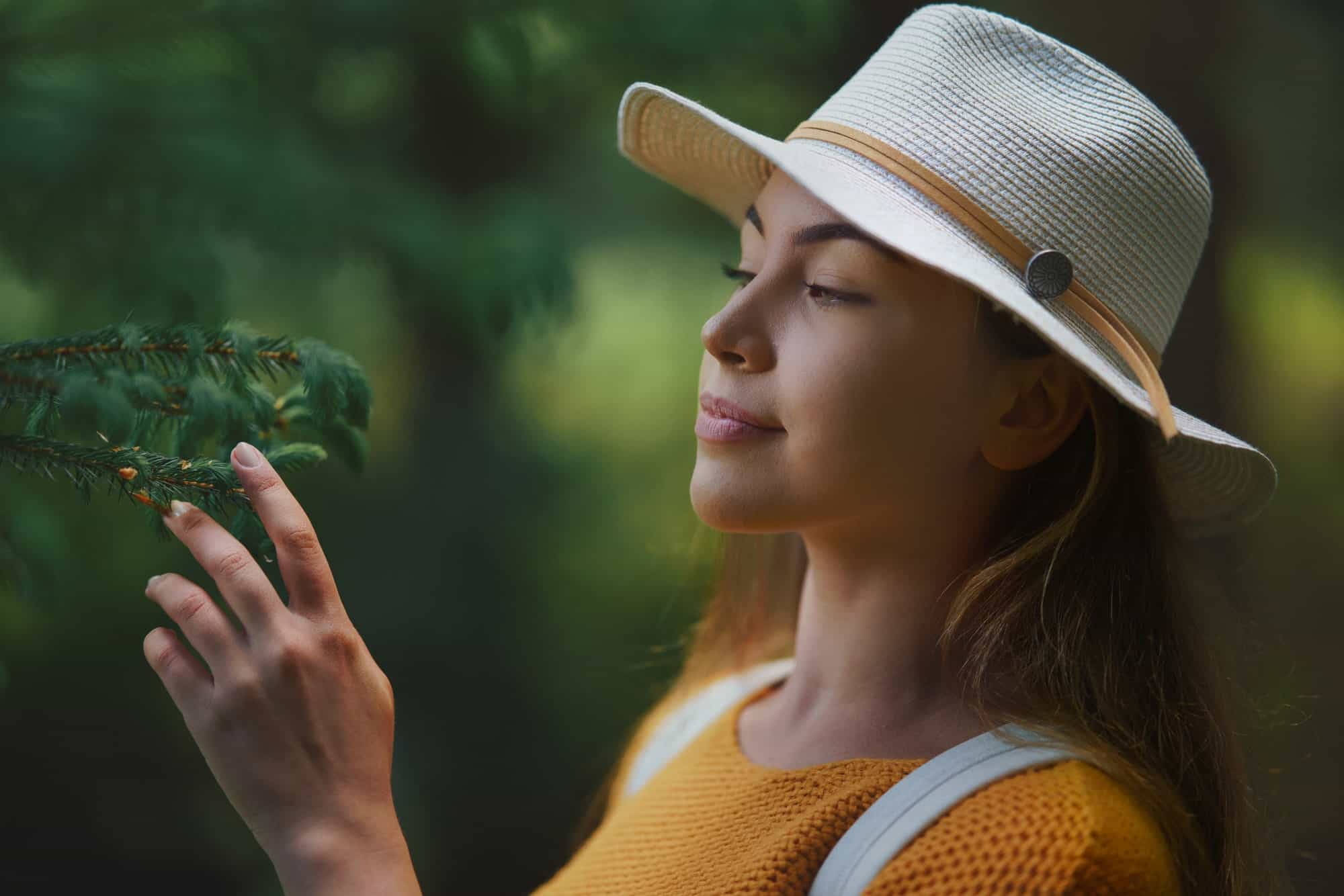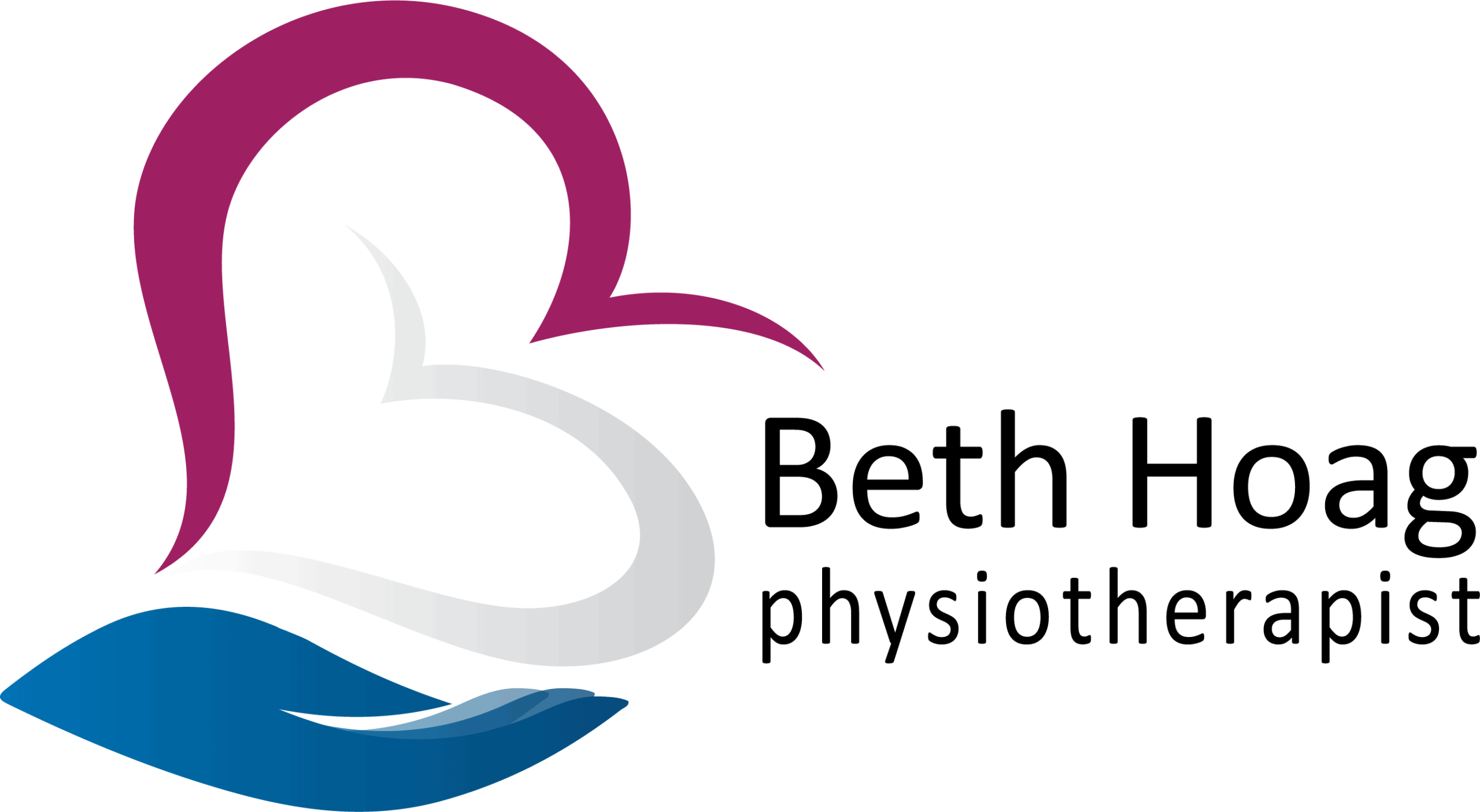If you follow me on Facebook or Instagram, you know that my “happy place” is pretty much anywhere I am surrounded by nature. Nothing calms me faster than being by the water and/or surrounded by the trees. Even closing my eyes and imagining these places can put me in a calmer space.
I have also made a very conscious effort to spend as much time as possible surrounded by nature in the city. My morning dog walks have moved from the streets to the local green-space, I have been using my SUP (Standup Paddle-board) along the local rivers on some weeknights after work, and there is always my gardens just a few steps away.
This conscious effort to maximize my time in nature (and the positive impact it has on my body, mind and soul) has led me to a lot of reflection about how and why this occurs. Here enters the topic of this blog… “forest bathing.”

What is forest bathing?
I’m sure many of you may relate to feeling restored and refreshed after some time spent immersed in nature. It may take you awhile to “slow down”, but you eventually start to notice things you didn’t at first: the sound of the birds, the smell of a flower blooming, and the feel of the warm sun or a soft breeze on your face. The Japanese call this Shinrin-Yoku: the practice of mindful immersion in nature while using all the five senses (sight, sound, touch, taste and smell).
Though the evidence is still emerging, there have been many studies exploring the health benefits of Forest Bathing. A 2018 meta-analysis attempted to compare some of these studies to summarize and quantify the health benefits of green-space exposure (1). Amongst other things, it showed that exposure to nature measurably decreased salivary cortisol levels (our stress hormone), lowered heart rate, heart rate variability, and blood pressure.
Other studies (2-3) have noted the psychological improvements in mood, anxiety and quality of life. Some of the benefits lasted 2-4 weeks after the exposure to nature was complete (2) and some of the benefits were achieved in as little as a 15-minute walk in the forest (3).
Even more interesting (or at least I think it’s interesting!) is that some studies have demonstrated that Forest Bathing can have a positive effect on the immune system. Specifically, an increase in natural killer (NK) cell activity and number has been shown following Forest Bathing, and may remain elevated for as much as 30 days after the experience (4). NK cells are immune cells in the human body that are involved in detecting and reduce cancerous tumours (5).
My 5 Forest Bathing Tips
While there is no one right way to “Forest Bathe”, remember that Shinrin-Yoku involves using all of the senses (sight, sound, touch, taste and smell) during the experience. It is important to invest in some undistracted “you-time.”
- Set aside anywhere from 5-30 minutes
- All you need is a little bit of nature: a local forest, park, trail of even hydro-corridor will do the trick
- Leave your cell phone at home
- Take your time
- As you walk or sit in nature, rotated your attention amongst the five senses:-
- Sight: notice what you see around you… where is your attention drawn to?
- Smell: take a few deep breaths and notice what you smell?
- Sound: what sounds can you hear close to you and farther away?
- Taste: can you taste anything if you breathe through your mouth?
- Touch: do you notice the wind on your face? The sun? How are your feet grounded to the earth below you?
- Your 6th sense (intuition): how do you feel in your gut as you take a pause to tune into the above senses? Calm? Relaxed?
Final Thoughts on Forest Bathing
The beauty of nature is that it really is all around us and it’s free! The fact that it can naturally calm our nervous system and possibly offer multiple health benefits, makes me think we should all be giving ourselves a “Green Prescription” for time in nature.
So the final question is… where will you go today to surround yourself in nature?
References
- Twohig-Bennett, C., & Jones, A. (2018). The health benefits of the great outdoors: A
systematic review and meta-analysis of greenspace exposure and health
outcomes. Environmental research, 166, 628–637. - Yu-Mi Yu, Yong-Ju Lee, Ju-Yeon Kim, Su-Bok Yoon & Chang-Seob Shin (2016) Effects of
forest therapy camp on quality of life and stress in postmenopausal women, Forest Science and Technology, 12:3, 125-129 - Song, C., Ikei, H., Kagawa, T., & Miyazaki, Y. (2019). Effects of Walking in a Forest on Young Women. International journal of environmental research and public health, 16(2), 229.
- Li Q. (2010). Effect of forest bathing trips on human immune function. Environmental health and preventive medicine, 15(1), 9–17. https://doi.org/10.1007/s12199-008-0068-3
- Miller JS, Lanier LL. (2019). Natural Killer Cells in Cancer Immunotherapy. Annu Rev Cancer Biol. 3(1):77-103.
Disclaimer – These blogs are for general information purposes only. Medical information changes daily, so information contained within these blogs may become outdated over time. In addition, please be aware that the information contained in these blogs is not intended as a substitute for medical advice or treatment and you should always consult a licensed health care professional for advice specific to your treatment or condition. Any reliance you place on this information is therefore strictly at your own risk.





